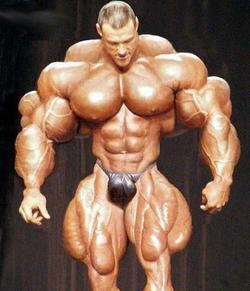Even though muscle cramps are extremely common in athletes and exercisers, we really do not know what causes them. Nobody has shown consistent benefit from any of the most common treatments: multivitamin pills; mineral pills with calcium, zinc, magnesium, salt and/or potassium; massage or chiropractic manipulation; drinking large amounts of water; dietary manipulations; or bio-mechanical stretching and strengthening.
Known medical causes of muscle cramps are extremely rare in athletes. These include narrowed blood vessels, usually from atherosclerosis; compression of nerves, low thyroid function, or side effects of medications such as diuretics. Some cramps are caused by low mineral or fluid levels. However, for the vast majority of people who suffer exercise-associated muscle cramps, blood levels of sodium, potassium, calcium and magnesium are normal. Research in athletes after they ran in 52-mile races showed that the runners who suffered cramps had the same level of dehydration and blood mineral levels as those who did not get muscle cramps. Cramping during exercise usually occurs in healthy people without any underlying disease or known cause.
Journal referenceI think that the most common cause of exercise- associated cramps is damage to the muscle itself. Before you get a cramp, you will probably feel that muscle pulling and tightening. If you slow down, the pulling lessens, but if you continue to push the pace, the muscle goes into a sustained cramp and you have to stop exercising to work the cramp out. Further evidence that muscle damage is the cause of the cramp is that the muscle often hurts for hours or days afterwards.
You may be able to prevent cramps by exercising more frequently but less intensely and for shorter periods of time, but most serious exercisers do not want to do this. There is some evidence that taking sugared drinks and foods during prolonged exercise helps maintain endurance and muscle integrity which helps prevent cramps. So take a source of sugar every 30 minutes or so during a vigorous workout, and back off if you feel a group of muscles pulling and tightening during exercise. Most exercisers just accept that occasional cramps will occur and cause no long-term harm.






 11:18
11:18
 kaniamazdar
kaniamazdar











